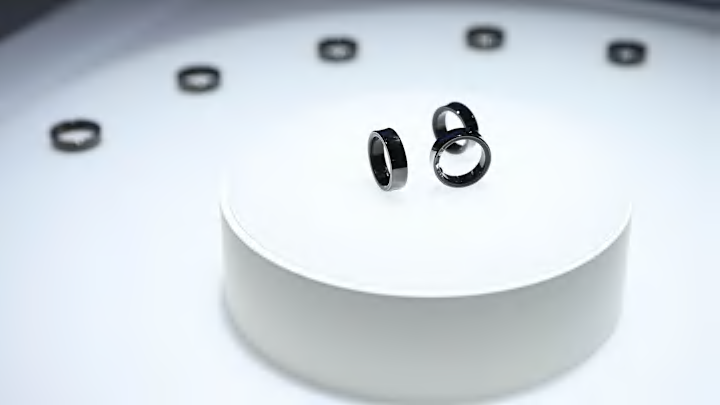Fitness technology has drastically evolved over the past few years. Just the other day, you had to attach a pedometer to your shoe to know your step count for the day. From simple mechanical devices like that to full-fledged computers on your wrists, we have definitely come a long way.
Early History of Wearables
Pedometers or step counters have been envisioned in one way or another for hundreds of years. The origins are mostly speculative, but many have dubbed historical figures such as Leonardo da Vinci, Gottfried Wilhelm Leibniz, and even Thomas Jefferson as inventors of early pedometer-like devices.
The modern pedometer was popularized in the 1960s with the advent of the manpo-kei in Japan. This device, which visually looked like a small attachable watch you would strap to your waist, also popularized getting 10,000 steps a day for optimal health.
Later, in the 1970s and 1980s, with the growing popularity of the fitness industry, we saw further developments in pedometers and portable heart rate monitors. Likewise, we saw advancements in exercise equipment like treadmills and stationary bikes incorporating real-time health data.
Digital Age
With the continued advancements in technology globally, we see comparative advancements in the fitness industry as well. Around the early 2000s, we began to see the first wrist-worn fitness trackers. Noteworthy companies like Fitbit, Jawbone, Nike, and Pebble were some of the early innovators of the technology. The wearables' popular features included an accelerometer, heart rate monitor, GPS, and SPO2 sensors.
The collected data syncs to a smartphone app or website dashboard, making it easy to monitor your health in real-time.

Current Trends
The popularity of fitness trackers has diminished in the past few years. Gone are the simple fitness devices tracking health data, and in their place are high-tech smart devices. Most notably, fitness trackers have been outpaced by the smartwatch, which has all the traditional features of fitness trackers plus other smart features like phone notifications, music storage/control, payment options, and voice assistance. Additionally, smartwatches are capable of even more advanced health measurements like EKG, stress management, skin temperature, body composition, and much more.
Over the past few years, we have also seen the popularity of smart rings emerge. Smart rings primarily focus on health monitoring rather than the smart features seen with smartwatches. Additionally, smart rings offer a more discrete aesthetic than traditional fitness trackers/smartwatches.
Future Trends
Looking forward, fitness technology devices will become more advanced in relation to biometric health data monitoring. Coupled with artificial intelligence (AI), fitness technology will focus on measuring and providing predictive indicators of potential health issues. Likewise, another emerging field in fitness technology will be AI-powered personalized workouts, sleep tracking, stress management, and real-time feedback on health data.
Additionally, with the popularity of smart rings, look for fitness technology to become smaller and more discrete, often referred to as invisible wearables. Such devices include indigestible sensors, implanted monitoring devices, smart tattoos, and even tiny sensors woven into clothing for a less invasive monitoring experience.
Fitness tracking has come a long way. From mere simple devices tracking footsteps to monitoring vital healthcare information and biometrics, these powerful tools can help promote a more active lifestyle. Likewise, they can be used to monitor important health data. It will be interesting to see what these small electronic devices will be doing for us in the next few decades.
Follow GeekSided to learn more about tech wearables and to leave comments and questions
